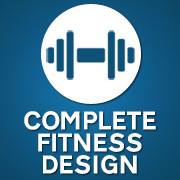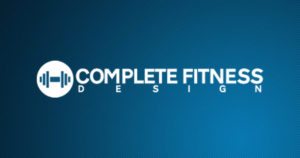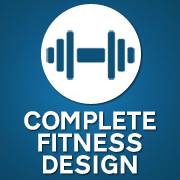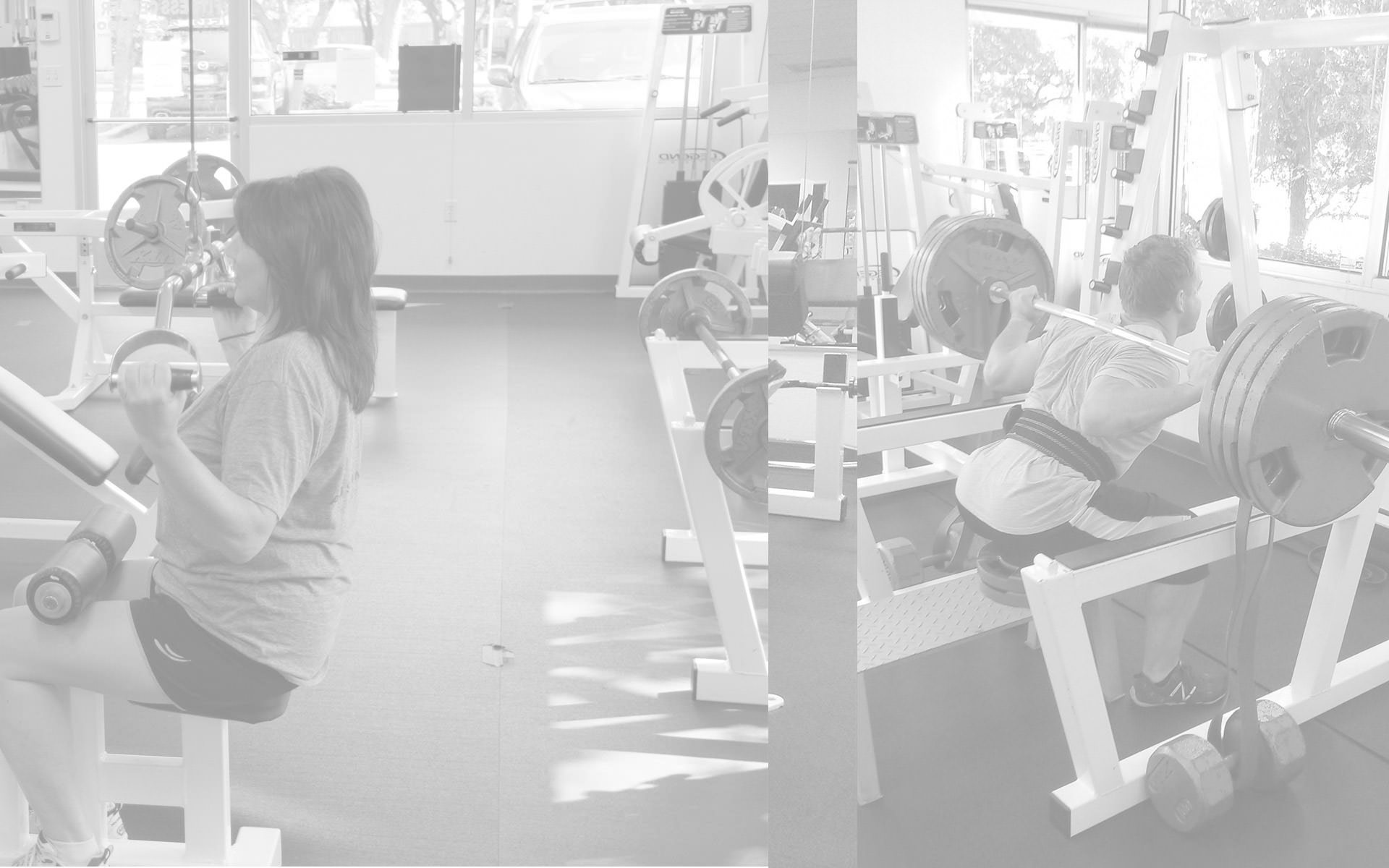Suffering From Postural Imbalances?
Whenever I have a potential client contact me about personal training, we will always meet for a consultation first. As long as I’ve been an Austin personal trainer, this has been my protocol, and that’s been for over 20 years now. The reason for the consultation is multi fold. It allows the client an opportunity to meet with me face to face and see if there’s any chemistry between us. It also affords the potential client the opportunity to see my gym first hand and see if it’s an environment they feel comfortable working out in. Lastly, it gives the potential trainee the opportunity to ask me any and all questions they have, especially how I would approach their fitness goals. From my perspective, the consultation allows me to meet the person and see if we’re compatible, but more importantly, it gives me a chance to assess their postural imbalances.
Postural imbalances are found in virtually everyone. No matter if you’re a housewife, or a ballerina. A professional football player, or a college professor. Everyone has them. My biggest aim in the initial consultation is to not only identify these problem areas, but to ascertain to what extent they are tight and imbalanced, atrophied, and so on.
What Are Postural Imbalances?
In a nutshell, they are areas of tightness that prohibit the full contraction of the appropriate prime mover muscles which are required to perform a certain task or function. This could be exemplified by a tighter levator scapulae causing the trainee to shrug when doing a bench press. In this case, the client would be shrugging throughout the range of motion. When you shrug during a bench press, you are not working your pectoral muscles to any degree of efficiency. In fact, you are taking a chest exercise and turning it into a tricep, trapezius, and anterior deltoid exercise. What this does in effect, is exacerbate the tightness in the levator scapulae, overdevelop the anterior deltoids, and atrophy by elimination, the pectoral muscles.
Fixing postural imbalances is a process that I have long referred to as corrective flexibility. What this entails is firstly recognizing what the problems are. Naturally, that’s the first step in fixing anything. Secondly, I have to release the tension in the tight muscles. Using the aforementioned example, the levator scapulae, and trapezius will undergo myofascial release techniques which will elongate them to their proper lengths when done regularly. Once this is accomplished, the strengthening process begins. That segment of the process is when the trainee will be working out with free weights, or machines, depending upon which is more appropriate for their circumstances. Starting gently, we will drive blood into the corrected area, in this case, the shoulder region, to include all of the aforementioned muscles, and with the proper techniques required to keep the muscle(s) not only fully elongated, but able to contract maximally. The more muscle fibers were are able to recruit in the lifts, the better development we will see.
Postural imbalances don’t occur overnight, nor does the repair process. Fixing them is like anything else in fitness and health. It’s time consuming, and requires hard work and sacrifice. Corrective flexibility training is often times uncomfortable, to the point of painful at times. It’s a necessary process, however, if you are to stamp out the inflammation and build a strong and stable area. Cortical steroid shots can certainly wipe out the inflammation, immediately in fact. The downside is that while they work, they also weaken connective tissue, and lead to potentially much greater problems down the road. How you fix what ails you, is obviously, entirely up to you. Postural imbalances shouldn’t be ignored, despite the associated unpleasantries. Fixing anything that causes an imbalance is the first step to getting you started on achieving your fitness goals.
Ready to Get Started?

Andy

Latest posts by Andy (see all)
- Workout Motivation: How To Get Motivated To Work Out - March 9, 2022
- Body Fat Types: Subcutaneous and Visceral Fats - June 1, 2019
- Why Diets Work If You Stick With Them - April 1, 2019






